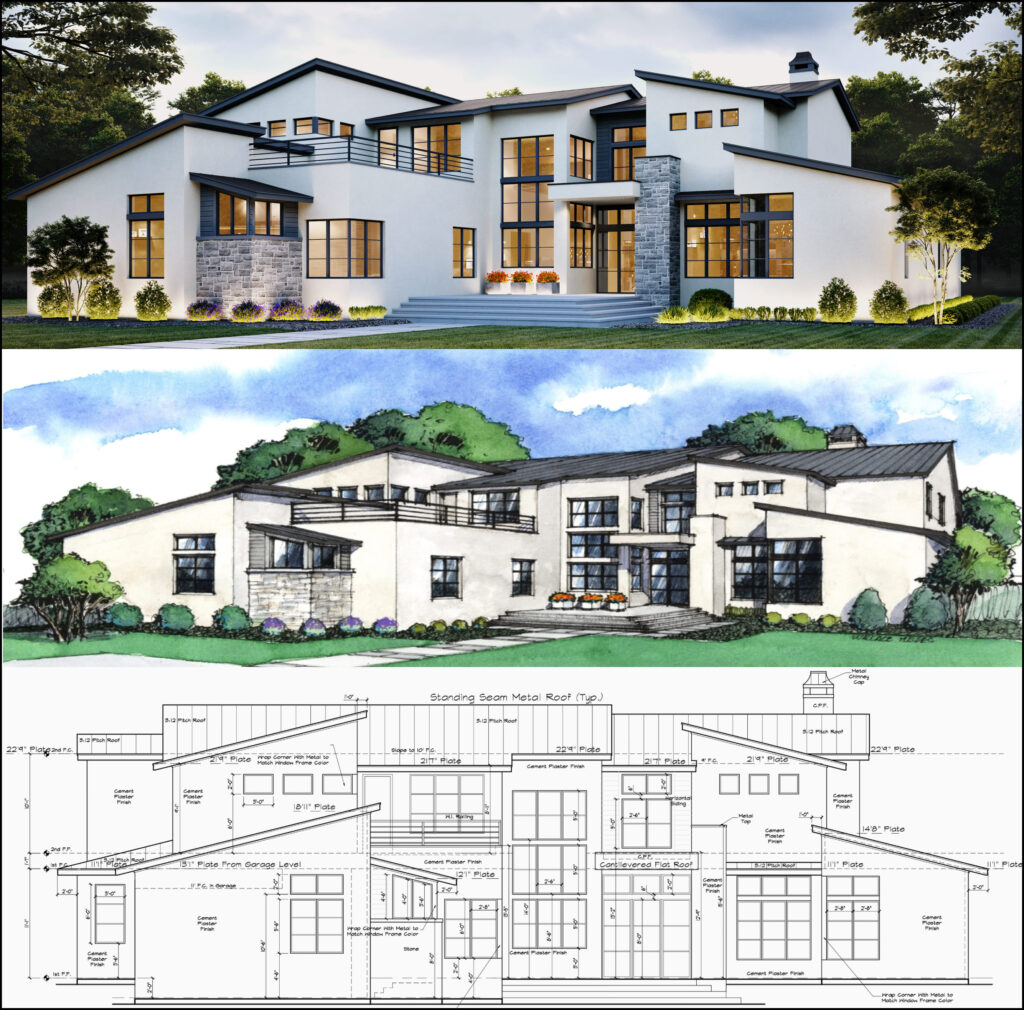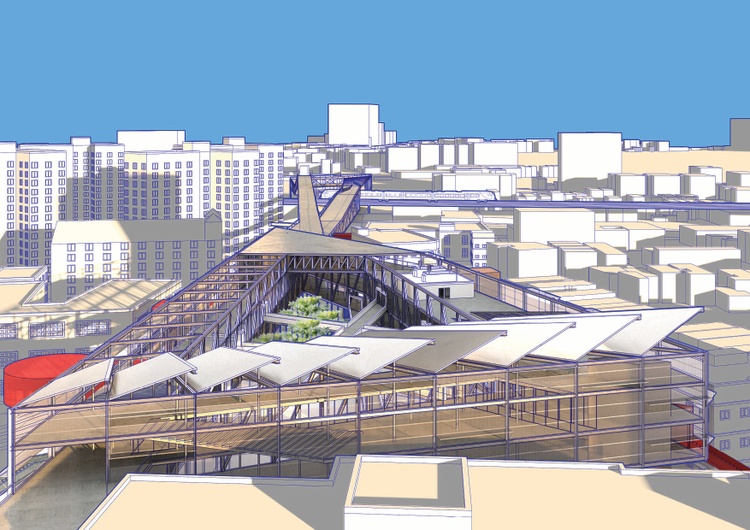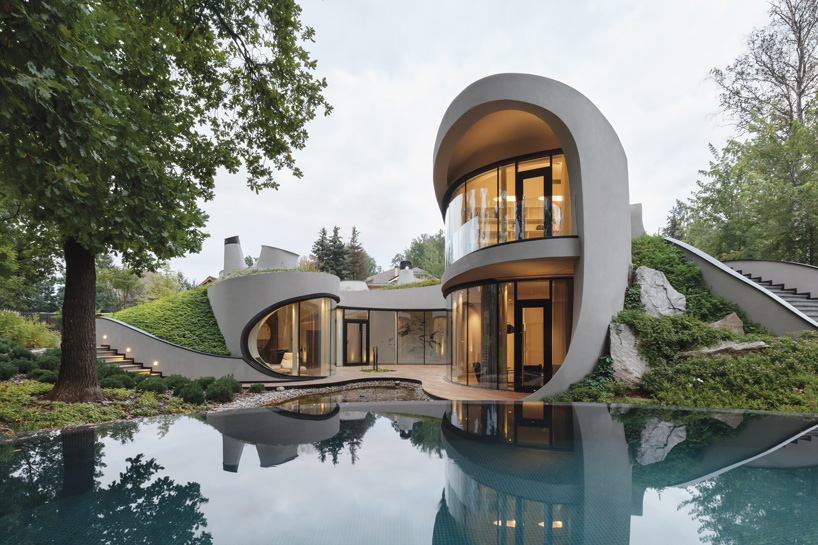A Detailed Summary of Building Styles and Their Impact on Modern City Planning and Advancement
Architectural designs have long offered as a mirror to the social values and technical developments of their time, playing a critical duty in forming contemporary city preparation and growth. From the magnificence of Neoclassicism to the utilitarian approach of Brutalism, each style has actually introduced unique ideas that influence metropolitan appearances and capability.
Historical Introduction of Architectural Styles

As societies transitioned via the Center Ages, Gothic architecture emerged, defined by its verticality and detailed describing, mirroring the spiritual desires of the era. The Renaissance marked a resurgence of timeless suitables, combining art and design in cutting-edge manner ins which influenced subsequent designs throughout Europe.

Today, architectural styles continue to develop, driven by globalization and sustainability worries, showing a dynamic interplay between heritage and technology. This historic summary underscores the significance of architecture as a mirror of societal evolution and as a stimulant for urban advancement.
Trick Architectural Styles Explained
The variety of architectural designs mirrors the myriad impacts that form our developed environment, each symbolizing unique characteristics and cultural significances. Key architectural designs consist of Classical, Gothic, Baroque, Innovation, and Postmodernism, each standing for special historic contexts and visual ideologies.
Classic style, rooted in old Greece and Rome, emphasizes balance, proportion, and making use of columns (cda architects). In contrast, Gothic architecture, thriving in the Middle Ages, is characterized by pointed arcs, ribbed vaults, and flying buttresses, creating a spiritual top quality in basilicas. Baroque architecture, arising in the 17th century, is noted by splendour, intricate ornamentation, and a vibrant interplay of light and shadow
Innovation, which gained momentum in the early 20th century, focuses on feature over type, utilizing brand-new products like steel and glass to produce minimal structures. Postmodernism, reacting against the austerity of Modernism, welcomes eclecticism and historic recommendation, typically including lively elements and irony.

Influence On Urban Preparation
In shaping the advancement of cities, architectural styles dramatically affect city planning choices. The choice of building design commonly dictates the visual next appeals, capability, and overall character of metropolitan settings.
Moreover, architectural designs can influence zoning regulations and land use policies. Urban planners need to take into consideration the dominating building patterns when designing districts, ensuring that new growths harmonize with existing frameworks. This factor to consider fosters natural metropolitan landscapes and improves community identification.
The execution of particular building designs can likewise affect socioeconomic elements within a city. As an example, premium modern designs may bring in wealthy homeowners and businesses, causing gentrification, while much more economical real estate remedies may prioritize sensible and Recommended Reading lasting layouts to suit varied populaces. Eventually, the interaction in between architectural styles and metropolitan preparation produces dynamic cities that mirror both historic context and contemporary requirements, shaping the lived experiences of their inhabitants
Sustainability and Modern Design
Architectural designs play a crucial duty in dealing with contemporary obstacles, especially in the realm of sustainability. As metropolitan areas broaden and environmental issues magnify, contemporary design increasingly welcomes sustainable design concepts that prioritize power effectiveness, source conservation, and marginal environmental impact.
Contemporary building movements, such as biophilic layout and environment-friendly design, advocate for structures that harmonize with their surroundings, utilizing natural materials and advertising biodiversity. These styles typically incorporate renewable power sources, such as solar panels and wind turbines, to minimize reliance on fossil gas and reduced carbon impacts.
Furthermore, the integration of sophisticated modern technologies, such as smart structure systems, enhances power management, optimizing source use while making sure occupant convenience. Ingenious water management strategies, consisting of rain harvesting and greywater recycling, additional add to lasting metropolitan atmospheres.
Notably, sustainability expands past environmental concerns; it includes social and financial measurements too. By fostering area wellness and promoting inclusivity, modern architectural designs straighten with sustainable advancement objectives. The evolution of architectural methods continues to form resilient cities that not only satisfy the needs of the existing yet likewise secure the future for generations to come.
Community Engagement in Design
Neighborhood involvement in layout functions as an essential bridge in between architects and the populaces they serve, guaranteeing that the built environment mirrors the demands and goals of its customers. This joint procedure invites neighborhood participants to add their understandings and choices, cultivating a sense of possession and obligation toward the spaces they live in.
Efficient community involvement utilizes different methods, such as workshops, studies, and public discussion forums, to collect varied perspectives. These methods facilitate a two-way dialogue, permitting architects to comprehend local contexts while equipping citizens to voice their problems and needs. This inclusivity not just boosts the layout top quality yet likewise advertises social equity by resolving the one-of-a-kind obstacles faced by marginalized groups.
Furthermore, community interaction can bring about ingenious remedies that could not arise in a conventional style procedure. By incorporating neighborhood knowledge and cultural worths, engineers can develop rooms that resonate more deeply with users, improving use and sustainability. Eventually, prioritizing area interaction in style processes results in environments that support social interactions, support well-being, and strengthen neighborhood connections, therefore playing try these out a critical function in shaping modern urban landscapes.
Verdict
Architectural designs have greatly influenced contemporary city planning and growth, reflecting progressing cultural and technical contexts. As cities continue to expand and adapt, the continuous dialogue in between building heritage and contemporary layout concepts will stay essential in producing inclusive, lively rooms that boost quality of life and advertise social equity.